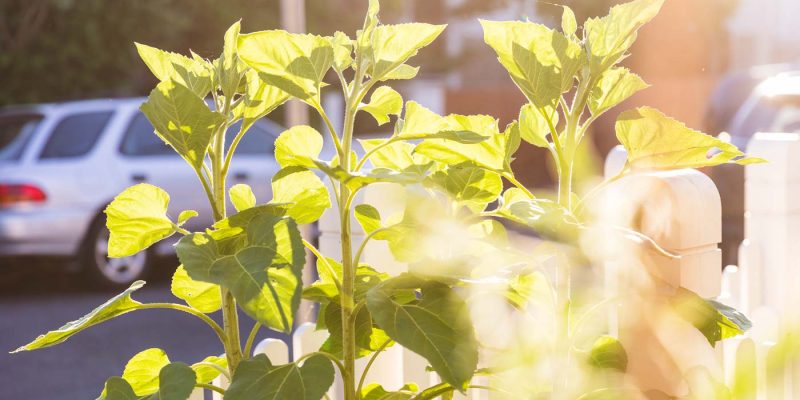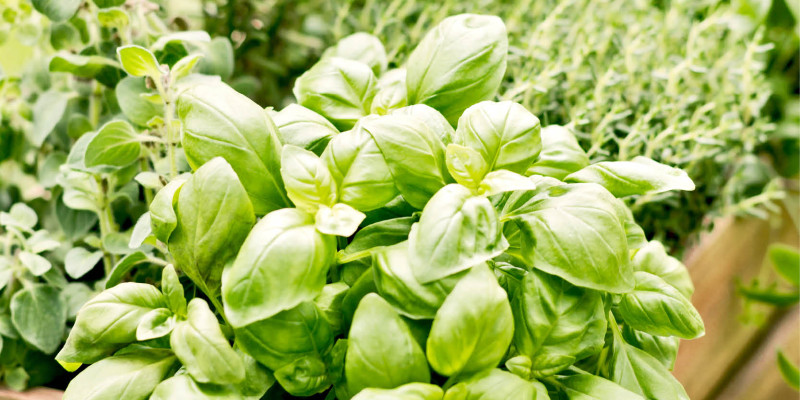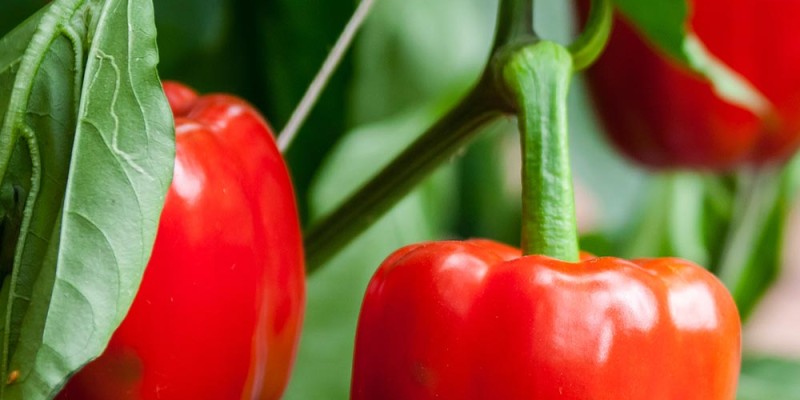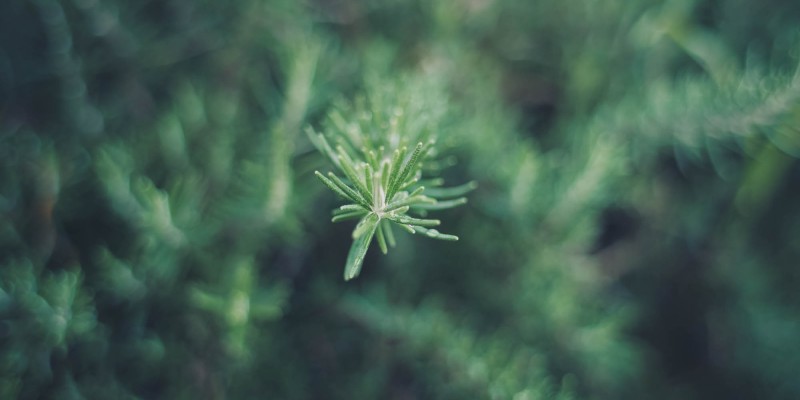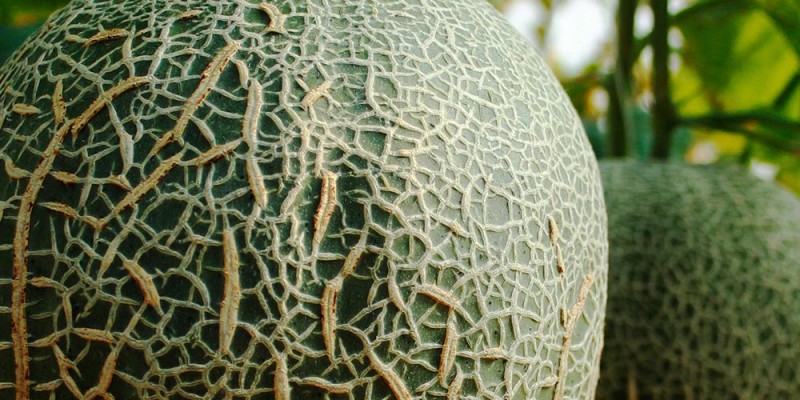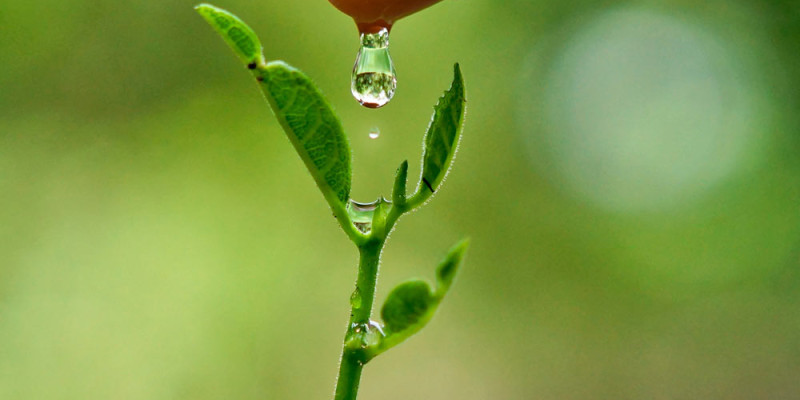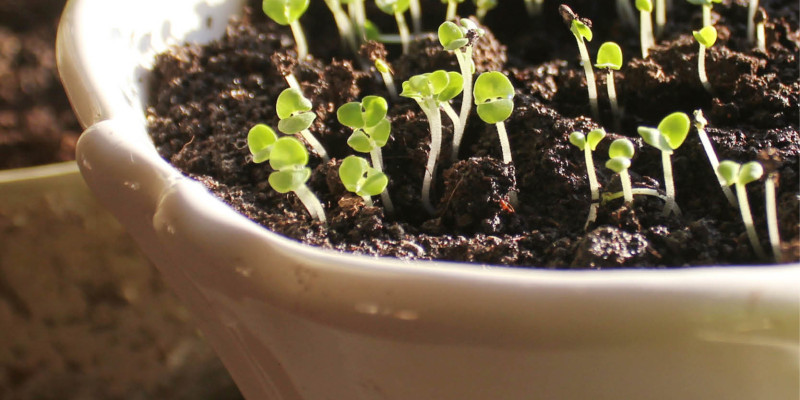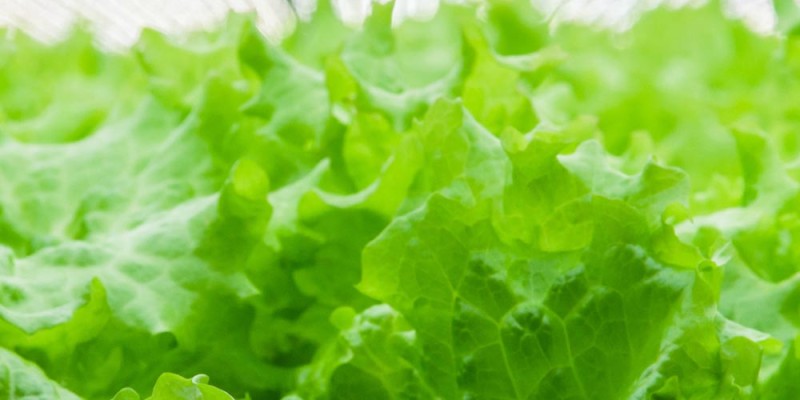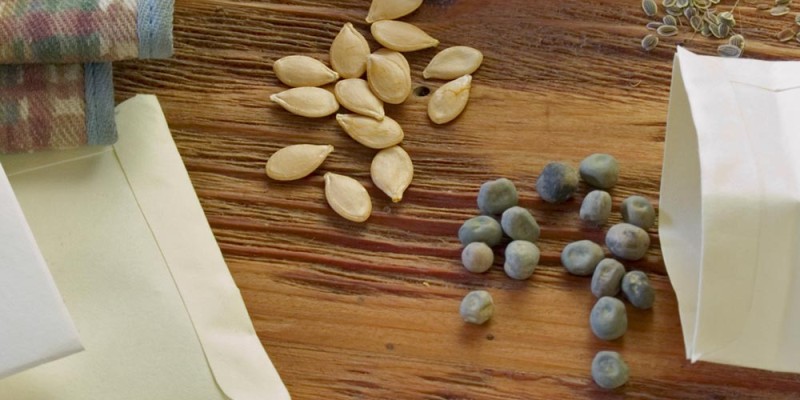Spring is fast approaching and it is time here in Zone 3 to start seedlings indoors. Today I am going to go through the different phases of seed starting I do in preparation for the growing season outside.
Advantages
There are a few advantages to starting your own seedlings. The cost is often lower than purchasing seedlings from a greenhouse, especially if you take advantage of a natural light source. You can also select more unique varieties that just are not available anywhere else. Finally I find it helps me extend the season by enjoying some greenery in the house well I wait for spring.
Supplies
In order to start seedlings indoors you will need a few things including:
- Light source: A south or southwest facing window (North facing in southern hemisphere) or grow lights. CFL shop lights work well as long as they have a kelven rating of 6500 or 2100. Other kelven may work but not as well.
- Potting soil I typically do a 1 part soilless potting mix 1 part compost ratio.
- Recycled containers are my preference
- Water, time and seeds
Optional Resources
- Tray for bottom watering
- Heat mat for heat loving crops such as peppers, and melons.
Timing
It is important to know the last expected frost date in your area. With a quick google search you should be able to find your last expected frost. What I do with this date is count back in in weeks to figure out when I need to plant. You can find this information in gardening books, online or even on the seed package. For the purposes of today’s video I am going to talk about the timing I use here in Zone 3.
Crops
The vast majority of the crops I start ahead of the growing season are in four waves prior to the end of February, early April, early May mid to late May. I am going to name the varieties that I am growing and if you are looking for seed sources I will put where I got them in the description below.
I have been looking over the last few seasons for crops that produce well in my garden. Once I find them I generally keep growing them to ensure we have the best possible harvests.
That said a number of the new varieties I am growing this year have been inspired by my son. I want to continue to inspire him to want to garden and know where his food comes from. An effective way that I have found to do this is allow him to pick varieties for the garden so he gets excited to see them progress.
Prior to the end of February
There are a few crops that I grow all wither such as herbs and leafy greens but I usually finish them off when I start planting my summer crops.
In advance of the end of February I start my peppers. I usually start them when I first get the itch to grow something during the winter. As they grow I will use pruning method to shape and develop a pepper bush. Anecdotally in my cooler zone garden it has allowed me to produce heavier crops of peppers.
This year I will be growing a wide variety of peppers. Some that have always done well for me include:
- Super Hungarian Hot, Stokes Seeds
- Jimmy Nardello, Baker Creek Seeds
I want to see if there are other varieties that I like and do well here in Zone 3 so I have a longer list of new pepper varieties than normal. I will be trying out:
- Italian Pepperoncini, West Coast Seeds
- Banana Pepper, West Coast Seeds
- Violet Sparkle Pepper, West Coast Seeds
- Mira Sweet Pepper, West Coast Seeds
It is also a good time to start perennials from seed such as the Goji berries I have and these Hot Pink Berri strawberries I will be growing in hanging baskets.
- Goji Berries, Sask Goji Power
- Hot Pink Berri, West Coast Seeds It is important to start them prior to the end of February here as they are slow to grow and need to be large enough when they go out to the garden to produce during our short intense season.
Early April seed starting: 6 to 8 weeks before last frost
The next wave of plantings is in early-April. I generally I focus on my longer season crops such as tomatoes.
Last year I found a few new favourites that I will be growing again this year.
- Sun Sugar Cherry Tomatoes, T&T Seeds
- Pink Brandywine, Baker Creek Seeds
- Sweet Million, West Coast Seeds
To this list of tomatoes I will be adding some new ones based on some of your feedback over the years.
- The first has an unfortunate name that is on screen now. Baker Creek Seeds
- Sungold Select II, Baker Creek Seeds
- Pink Vernissage, Baker Creek Seeds
- Taxi Organic Yellow Tomato, West Coast Seeds
This is also a great time to start your leafy greens like Kale, Swiss Chard, Collards, Sorrel and Herbs that you plan to grow outdoors.
Early May seed starting: 2-3 weeks before last frost
In the last few weeks prior to the last frost I start both my melons and squash. I have tried to direct sow them in the past with limited success. The years when I had the best results were when i started them a few weeks earlier and transplanted them.
I will often try to start them outside in order to try to take advantage of the sun and eliminate the need to harden them off. As cooler night time temperatures can often lead to frost in early May I bring them in the garage during the evening. It is important to have them in black containers as these seeds germinate best when the soil temperature is warm.
Last year I had pretty good success with the
- Minnesota Midget, Baker Creek Seeds
And am contemplating one of the following
- Collective Farm Woman Melon, Baker Creek Seeds
- Katanya Watermelon, Baker Creek Seeds
- Early Moonbeam Watermelon, Baker Creek Seeds
- Rich Sweetness 132 Melon, Baker Creek Seeds
As for squash I will be growing quite a few favourites including
- Large Dutch Yellow Cucumber, Baker Creek Seeds
- Dragon’s Egg Cucumber, Baker Creek Seeds
- Patio Star Zucchini, West Coast Seeds
- Pinnacle Spaghetti Squash, West Coast Seeds
Late May seed starting: 2-4 weeks after last frost
Later in May after the frost has past I will continue to start seedlings either in the house or outside.
Often I will start plants that I am able to plant in succession such as peas, dragon tongue beans. I usually plant the crops in my garden in a high density to take advantage of ever little bit of soil I have. Starting my succession plantings outside of the garden helps them get established with out being choked out. This may also help me deal with the issue I had with slugs eating my seedlings. If the plants are large enough when they get to the garden the damage the slugs do likely wont do as much harm.
Once I add the seedlings I have started to the direct sow crops and perennials I already have in the garden I should have set the stage a large bounty of organic food from my 2017 garden. Learn more about indoor growing including which grow lights to buy in this playlist:
